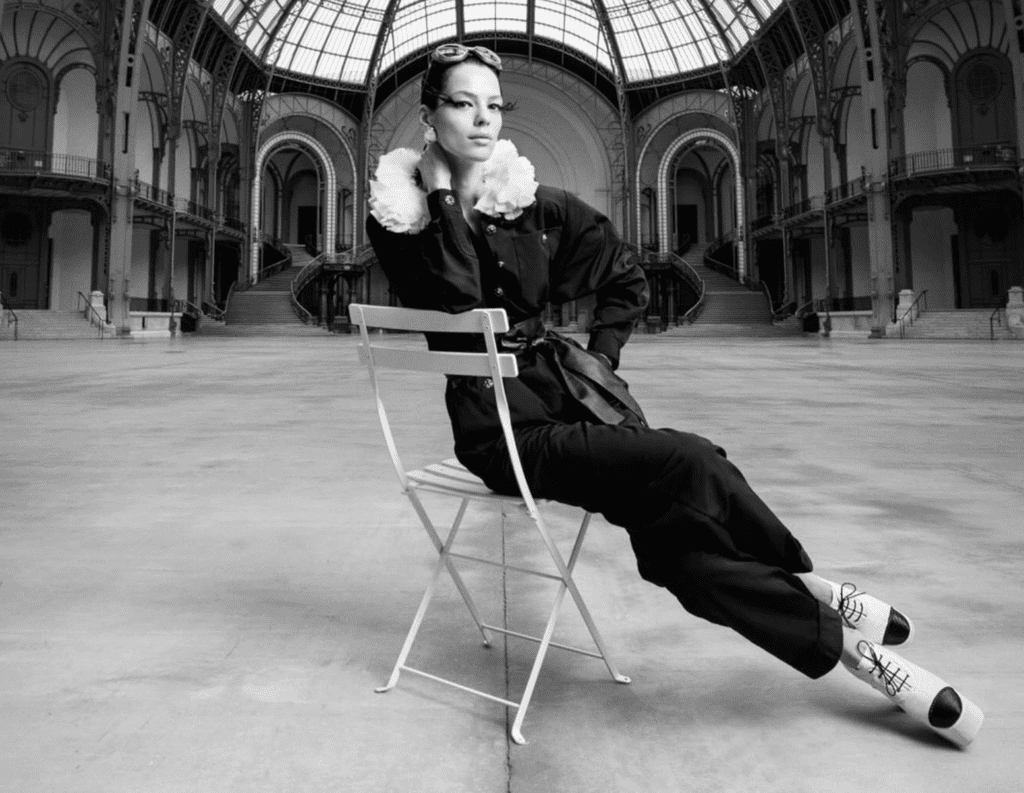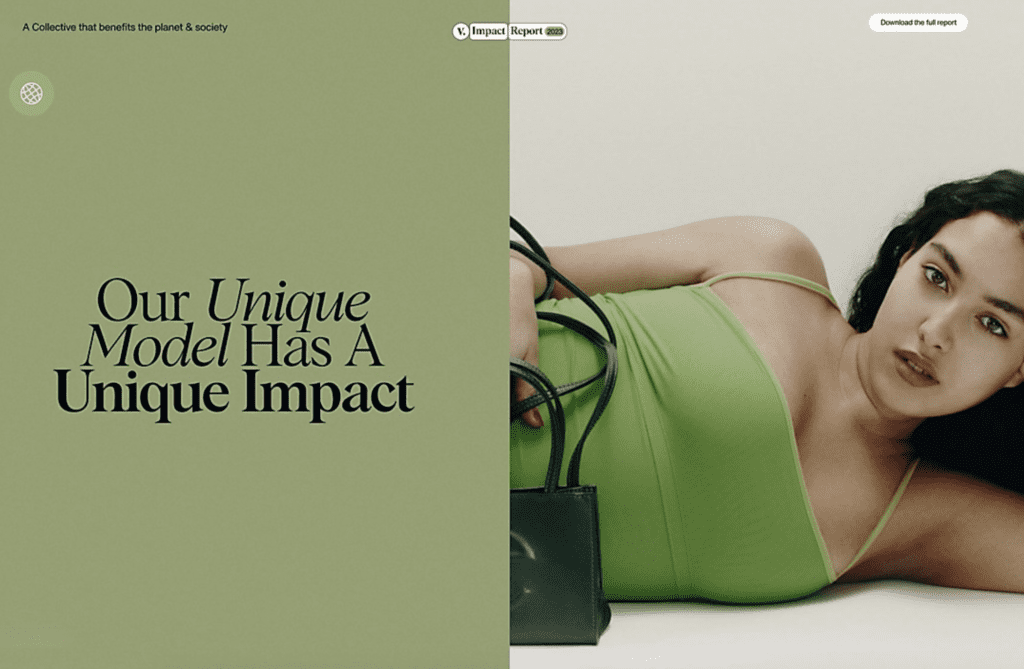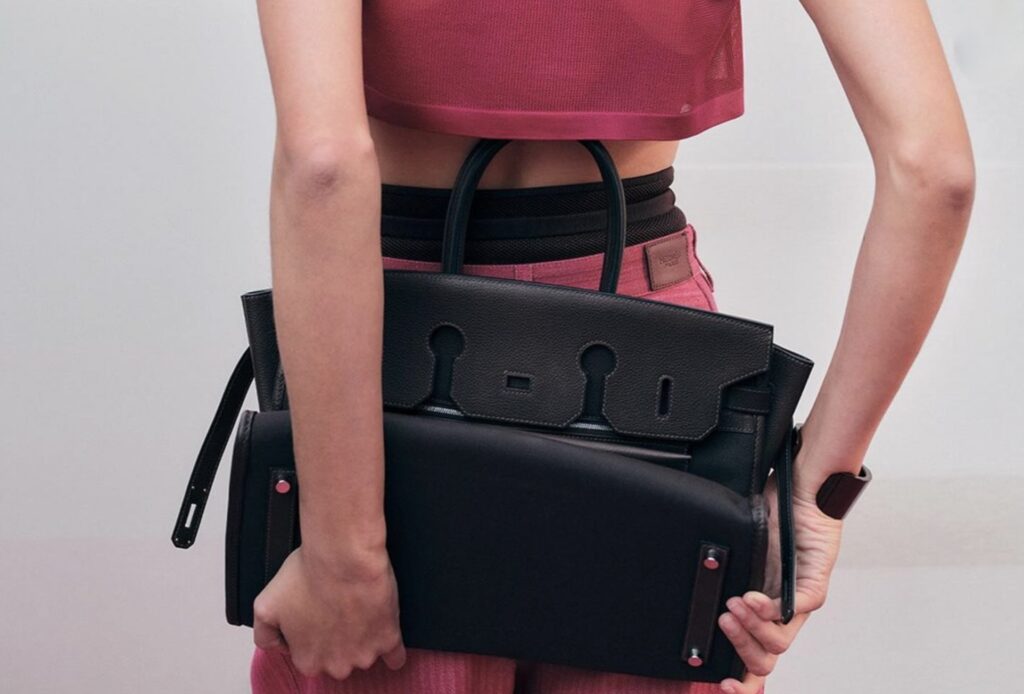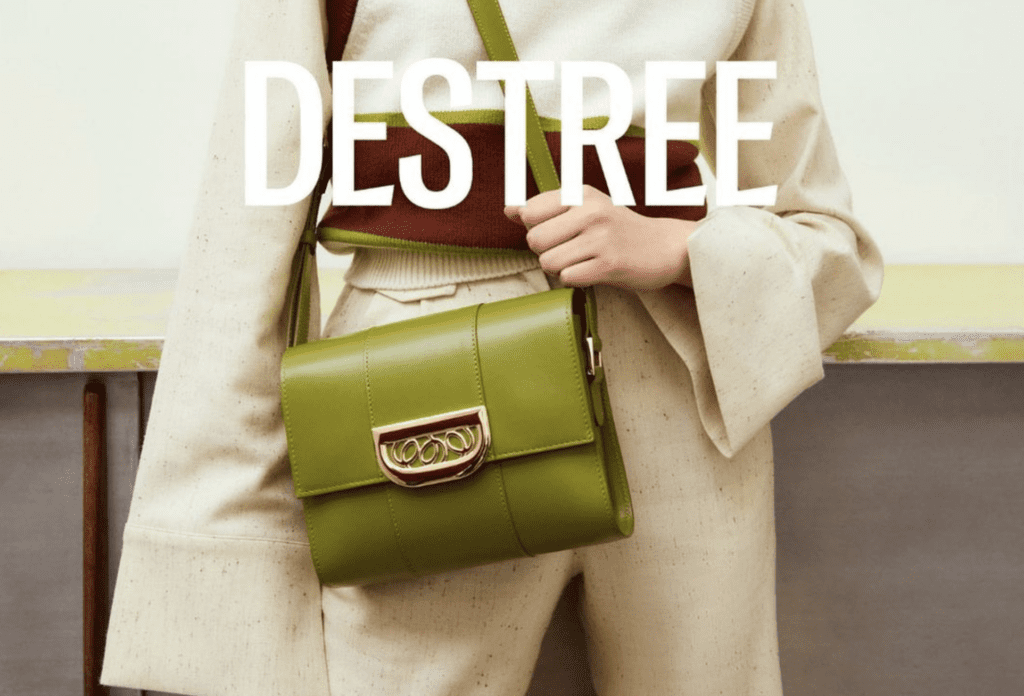Fashion is not the small industry it once was, and with the ever-rising accessibility of all things fashion to the world at large, whether it be by way of live stream fashion shows or brands’ social media accounts, comes an increased level of responsibility and the need for greater awareness when deciding on a logo or a brand name, the graphics or text that will adorn a garment, the content of an ad campaign, or a look that will be sent down the runway.
Brands, however, consistently run afoul of the tenets of decency. In the past several, alone, Urban Outfitters has consistently put forth products that offended everyone from “blacks, Jews, Native Americans, liberals, conservatives, and eating-disorder awareness groups,” as aptly noted by The Week, and also managed to put off anyone that would find “Shampoo for Suicidal Hair,” prescription drug-themed mugs, or red splattered Kent State sweatshirts (for the uninitiated, 28 guardsmen fired approximately 67 gunshots rounds over a period of 13 seconds, killing four students at the school in 1970 during a mass protest against the Vietnam War) offensive.
Zara thought it appropriate to sell blue and white striped pajamas featuring a yellow star on the breast, which looked uncannily like the striped garments adorned with yellow stars that prisoners were forced to wear in concentration camps during the Holocaust; paired with a still-pending $40 million lawsuit filed by its former General Counsel of Zara USA, citing Anti-semitic harassment and discrimination, the garments were particularly heinous. Miu Miu showed similar shirts as part of its Fall/Winter 2017 collection.
H&M very recently set the internet ablaze with fury thanks to the racist “Coolest Monkey in the Jungle” sweatshirt it was advertising. Shea Moisture and Nivea have both fallen from grace as a result of whitewashed ad campaigns, while Benefit Cosmetics courted its fair share of critics after one if its ads told women to “skip class, not concealer.”
Add to this: Victoria’s Secret, which very controversially dressed Karlie Kloss as a Native American for its fashion show in 2012 (while also failing to cast any actual Native American models, of course). Thereafter, Chanel put Native American-inspired looks on its Métiers d’Art autumn/winter 2013 runway and Vogue put Kloss in a geisha-themed editorial for its March 2017 print issue. Still yet, Interview Magazine was slammed this past year for its own culturally insensitive editorial. All of these instances are made worse by the overwhelming lack of diversity of models on the runway, in editorials, and in ad campaigns.
In just the past month, couture designer Ulyana Sergeenko sent cards to her white friends with the caption “N*ggas in Paris,” and oligarch editor-turned-tech CEO Miroslava Duma thought it would be cool to share the image of the “N*ggas in Paris” card on her Instagram account. Shortly thereafter, footage surfaced of Duma discussing the “weirdness” of trans men and women.
That same month, H&M was forced to pull even more products from its shelves for their offensive nature, including socks that bore a graphic that resembles the Arabic word for Allah. Zara, on the other hand, was called out for cultural appropriation in connection with a skirt that some people say resembles a lungi, a garment typically worn in South and Southeast Asian cultures.
Who is at the Table?
The frequency with which such instances occur is both mind-blowing and also not all that surprising, unfortunately. Despite repeated gaffes, brands have not seemed to learn how to avoid offending others. While there are certainly calculated publicity ploys in play in furtherance of some of the offensive campaigns and marketing tactics for which brands have come under fire (Sisley’s “fashion junkie” campaign, which depicted models snorting cocaine, seems to fall within this category), there is likely something much larger at play here.
As Highsnobiety very aptly noted in connection with H&M’s racist “Monkey” merchandise, “The image, which appeared on H&M’s United Kingdom online store, was shot in Stockholm, Sweden — the city in which the company was founded and the location of its current headquarters. The mistake most likely can be attributed to the fact that there aren’t a whole lot of black people in Sweden. Maybe this particular racist association isn’t that prevalent in Sweden.”
And as Highsnobiety’s columnist notes, “The problem isn’t just that, for whatever reason, apparently no one at H&M was able to parse the difference between selling a sweatshirt that says “coolest monkey in the jungle” and placing a black child in the aforementioned sweatshirt.” For the menswear publication, the problem is that this is not an isolated incident, not for H&M and certainly not for the industry at large.
There is not a simple explanation for why any of these race and non-race related PR fails, for lack of better words, continue to occur, but one glaring potential is an utter lack of diversity, across many spectrums.
In response to Zara’s skirt scandal, Poorna Bell, author and former HuffPost UK Executive Editor, summed up the problem perfectly: “Literally ANY Indian person could’ve pointed out in two minutes what the problem is with this.” In short: It seems there simply were not at Zara, and are not in a grander scale, any meaningful amounts of diversity in the upper echelons of many of these companies to ensure that culturally offensive products do not continue to be manufactured and marketed.
Yes, the people that many of these brands are offending are almost certainly those outside of their close circle of executives and higher-ups, and chances are, even outside of many of the creative teams working for many of these brands.
Aside from Zara, the perennially offensive Urban Outfitters is a good example of this. In addition to being called out for any array of tasteless products, the Philadelphia-based brand has been chastised for its lack of diversity in the boardroom. As reported this spring, CtW Investment Group sent a letter to Urban Outfitters’ shareholders criticizing its directors for their “extreme insularity.” According to the letter, which was penned by CtW executive director Dieter Waizenegger, “For a company that is so reliant on global sourcing and focused on women, it is surprising that the board consists of largely Caucasian males with law and finance backgrounds.”
The investment group further argued that Urban Outfitters’ lack of diversity on its board was, at least in part, to blame for its subpar performance. The same can almost certainly be said of every single one of the aforementioned instances of offense.
Fashion, like other elitist industries, is not only fixed in its standards of beauty, it is oftentimes static in its recruiting and hiring practices, something that ranges from design school (“A lot of the young black students say that they would rather not come to CSM – which they feel is a lot more elitist and perhaps not really for people of their background,” Berni Yates – an outreach practitioner at Central Saint Martins told Dazed), to design competitions and awards to the helms of the industry’s most established houses, few of which boast women or people of color as chiefs.
And if there is not an appropriate representation of diversity among the people making decisions – creatively, financially, or otherwise – at any of these companies, how can we expect their output to be anything but skewed to their insulated views?











